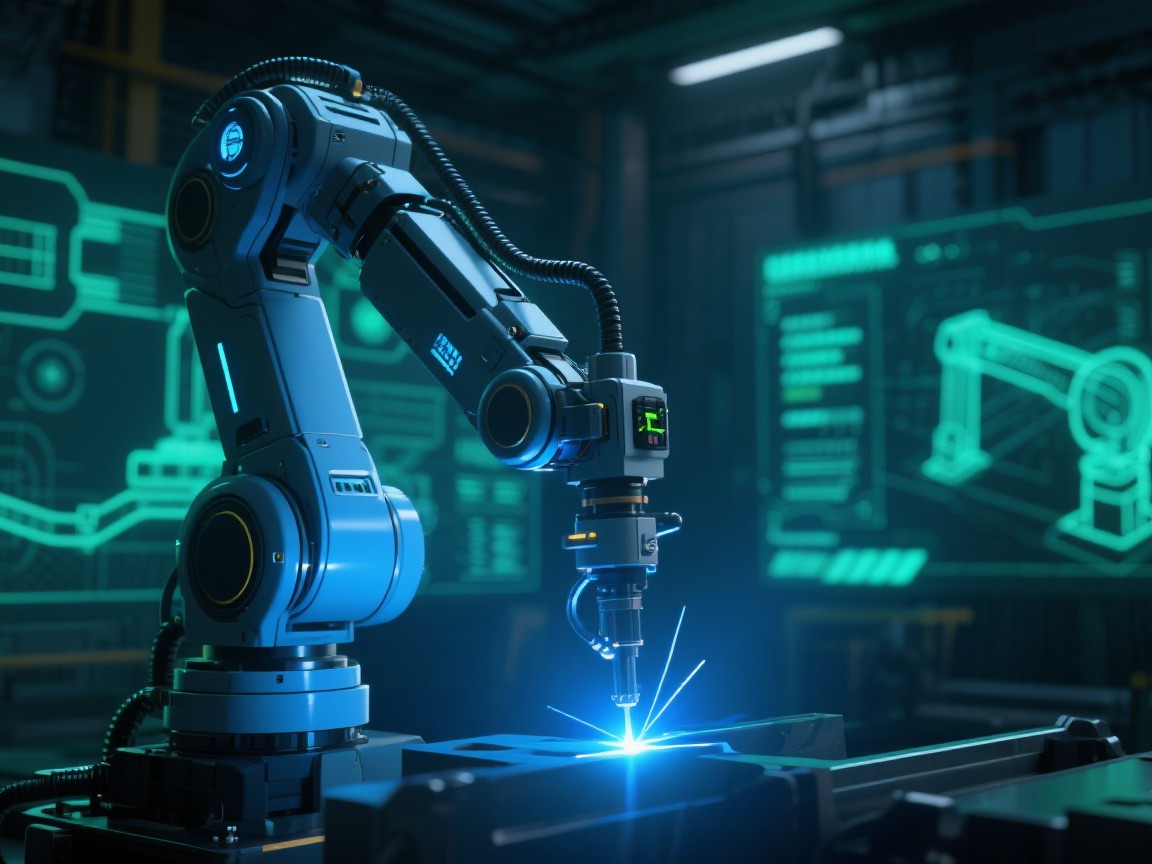 Industry News
Industry News Industrial Manufacturing: AI-Driven Upgrade of Smart Manufacturing
Industrial Manufacturing: AI-Driven Upgrade of Smart Manufacturing
2025-08-27
2025-05-13
2025-05-19
2025-06-03
2025-06-20
2025-07-01
 Current Affairs
Current AffairsCore Procedures for Daily Maintenance
(1) Cleaning and Upkeep (Performed Daily)
After shutting down each day, wipe the pump surface with a dry cloth to remove dust, grease, and debris. Pay special attention to cleaning the inlet filter to prevent blockage that may hinder air intake. Inspect the exhaust silencer for dust buildup, and clean or replace it if necessary to ensure smooth exhaust flow. Keep the surrounding area tidy and free of flammable or explosive materials.
(2) Lubrication Management (Performed Regularly)
Select the proper lubricating oil according to the vacuum pump model. The oil level should remain between the marks on the oil window—neither below the minimum nor above the maximum. Replace the oil after the first 50 hours of operation, and every 500 hours thereafter. In harsh environments (e.g., high temperature or dusty areas), shorten the replacement cycle to 300 hours. When changing oil, completely drain the old oil, clean the tank, and refill with fresh lubricant.
(3) Key Component Inspection (Performed Weekly)
Check the belt tension weekly—it should deflect 10–15 mm when pressed. Adjust as needed if too tight or too loose. Examine couplings and bolts for looseness and tighten immediately if necessary. Inspect seals (such as oil seals and gaskets) for aging or leakage; replace them promptly if oil leakage occurs. Also, ensure the cooling system is functioning properly, with sufficient coolant, smooth circulation, and unobstructed heat dissipation fins.
Common Faults and Troubleshooting
(1) Insufficient Vacuum Degree
Causes: Blocked inlet filter, seal leakage, deteriorated lubricant, or worn internal components.
Solutions: Clean the inlet filter and inspect sealing areas for oil traces. If no improvement, replace the lubricant. As a final step, disassemble and inspect the rotor and blades, replacing worn parts if necessary.
(2) Abnormal Noise or Excessive Vibration
Causes: Loose or misaligned belt, damaged bearings, unbalanced rotor, or loose foundation bolts.
Solutions: Tighten the foundation bolts, adjust belt alignment and tension. If noise persists, check for bearing overheating or jamming and replace damaged bearings. Have the rotor professionally balanced if needed.
(3) Pump Overheating
Causes: Insufficient or degraded oil, cooling system failure, or prolonged overload operation.
Solutions: Refill or replace oil, check coolant levels and fan operation, and reduce workload or allow the pump to cool down if necessary.
(4) Oil Leakage
Causes: Aging seals, excessive oil level, or loose drain plugs.
Solutions: Check if the oil level is above the limit and drain excess oil. Tighten drain plugs and connectors. Replace aged seals or gaskets promptly.